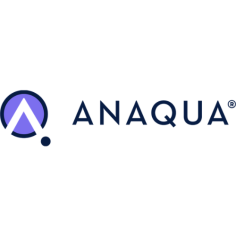Burford Capital leverages SeeUnity’s Velocity content migration
Burford Capital, founded in 2009, is a leading global finance and investment management firm focused on law. Its businesses include litigation finance and risk management, asset recovery and a wide range of legal finance and advisory activities. Burford is publicly traded on the London Stock Exchange, and it works with law firms and clients around the world from its principal offices in New York, London, Chicago and Singapore.
ChallengesThe original document management system for Burford was NetDocuments. Due to specialized needs and acquisitions however, employees were also utilizing other systems to store content, such as Dropbox, Box, and SharePoint. Users had become accustomed to complex folder designs of highly customized nesting structures within their NetDocuments workspaces. Use of document types was limited. Users ignored the need to profile each time upon saving, so a large portion of the document collection was simply labeled as “miscellaneous,” making it critical to maintain these folder structures when moving content to iManage.
While NetDocuments had served Burford well in its early years, Burford’s tremendous growth and increased scale required a more robust document management system. Features Burford was seeking included automated workspace creation using standard folder templates, syncing of workspace metadata from a Salesforce database, better integration with Office products (especially Outlook for saving emails and sending attachments), more powerful and precise searching in multiple languages, full compatibility with all document types, better performance, integrated OCR capabilities, better file-sharing capabilities, world-class security and BCP/DR, and high quality mobile access. About the Migration
To make the most of migrating to a new platform, the Chief Process & Innovation Officer (CPIO) Leah Guggenheimer and CTO Ed Thieberger believed a major simplification, standardization, and reorganization of the firm’s document collections and processes was in order. Content needed better organization and more consistent structure across workspaces in order to enable more efficient access by any team member to any workspace across Burford’s global footprint as well as to conform with information governance initiatives. The solution entailed creating multiple standard templates, one for each “flavor” of business use and then migrating all content, preserved in the original nested folder structures so that documents could be easily refiled into their new standard locations on the iManage platform.
Timing was a factor for the firm. Content needed to be migrated on a schedule with some level of certainty to maintain deadlines. In addition, Burford did not want the pressure of an “over the weekend” migration, but wanted to be able to migrate slowly, keeping the databases in sync as needed during the process.



